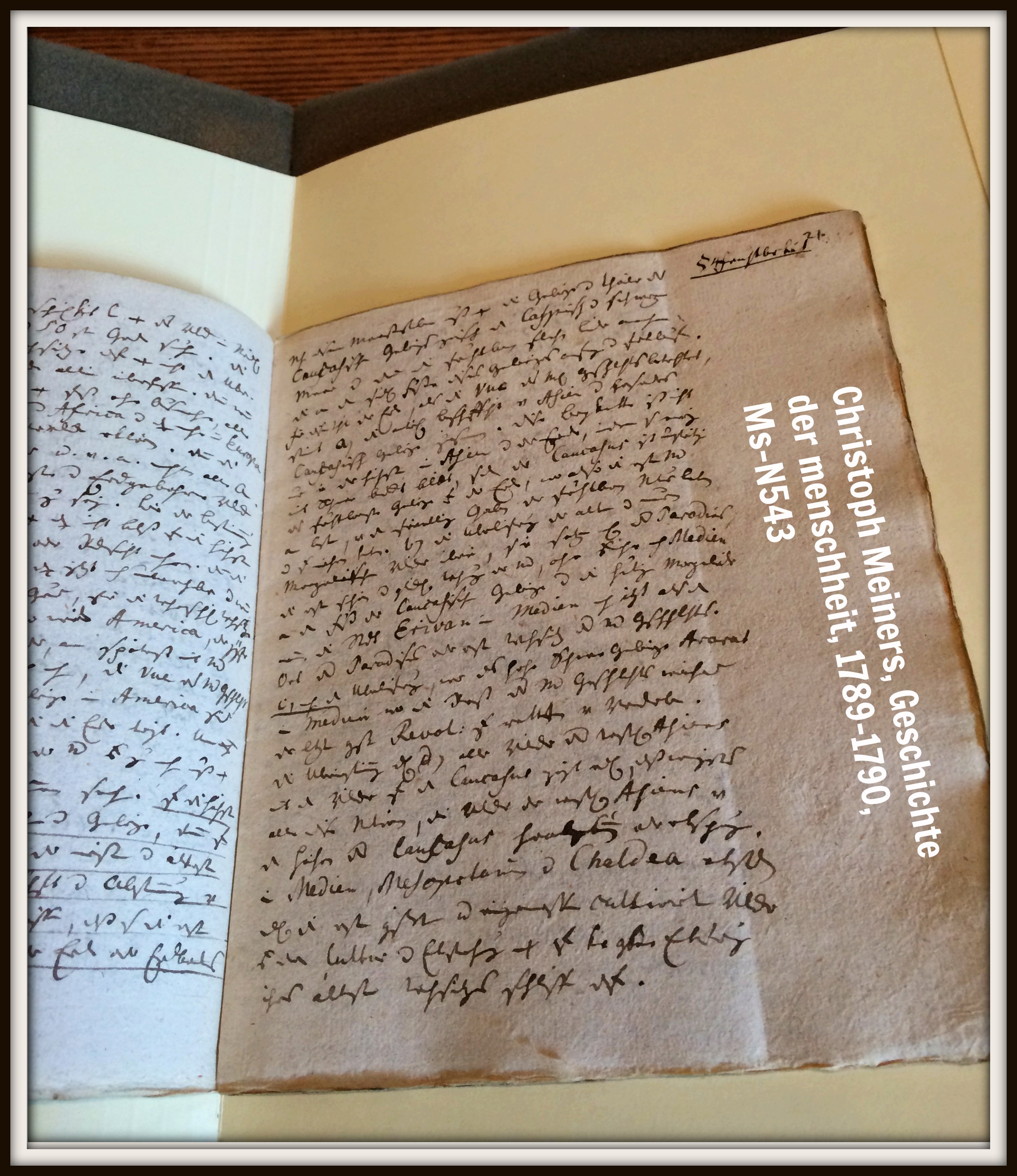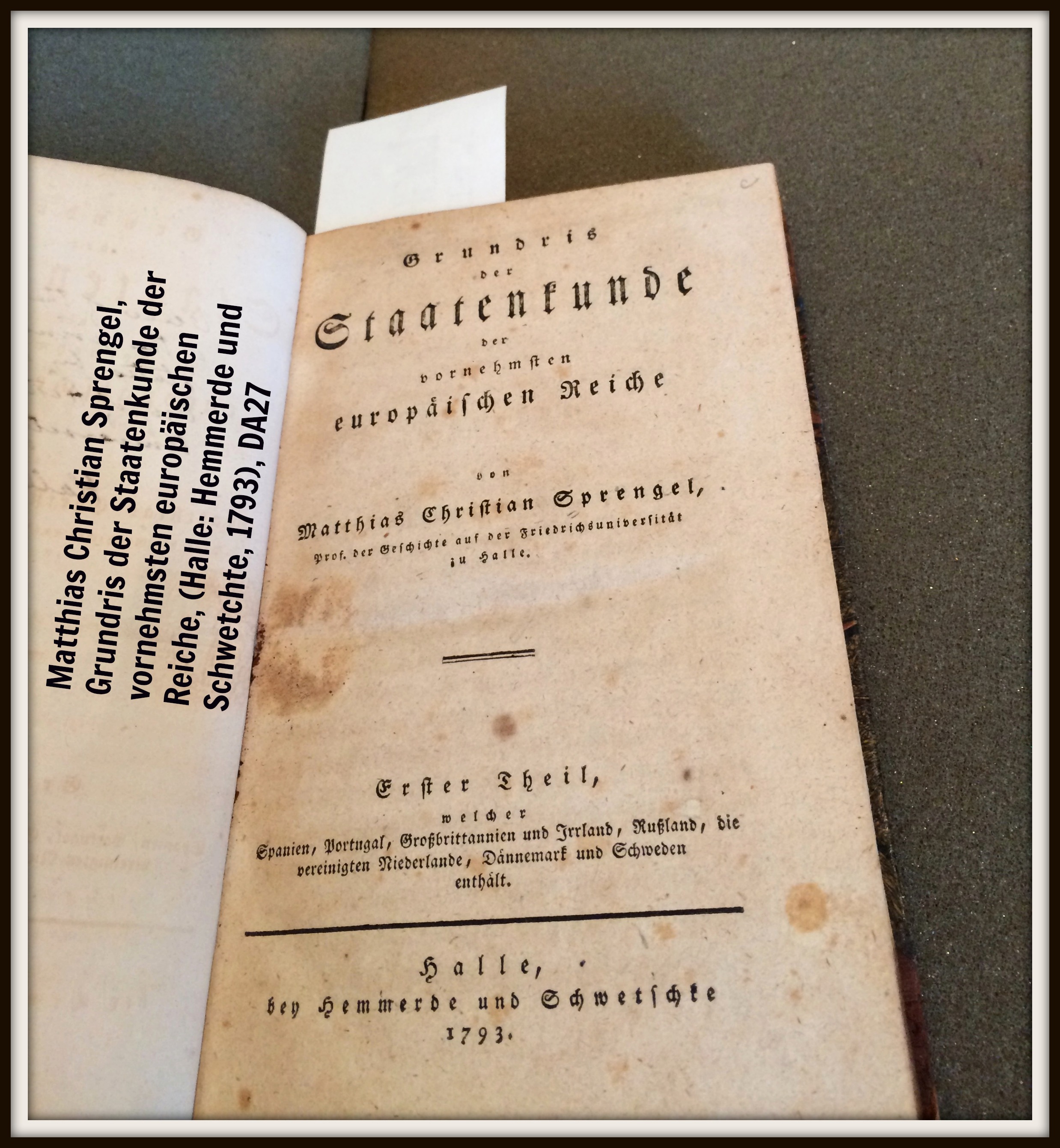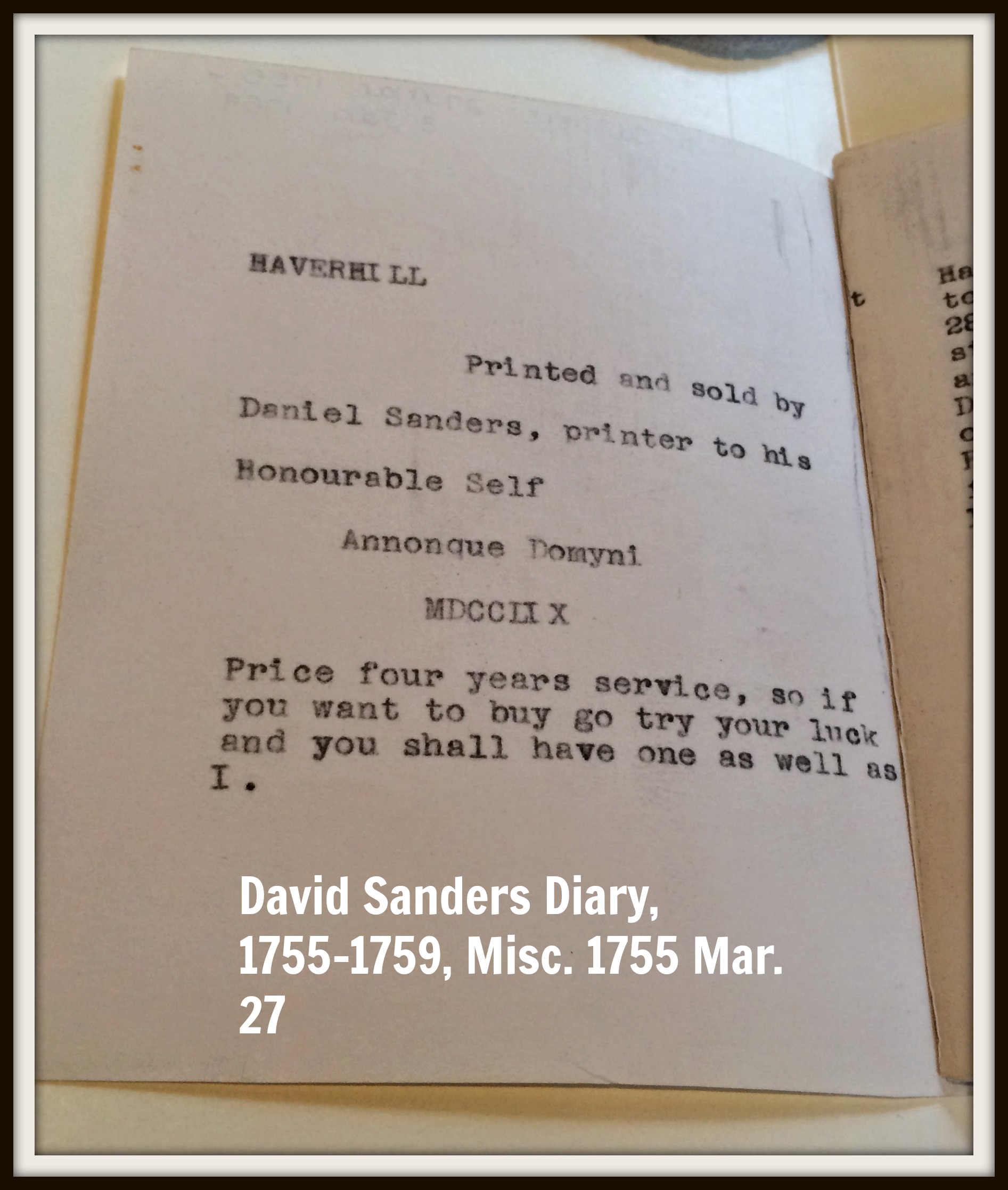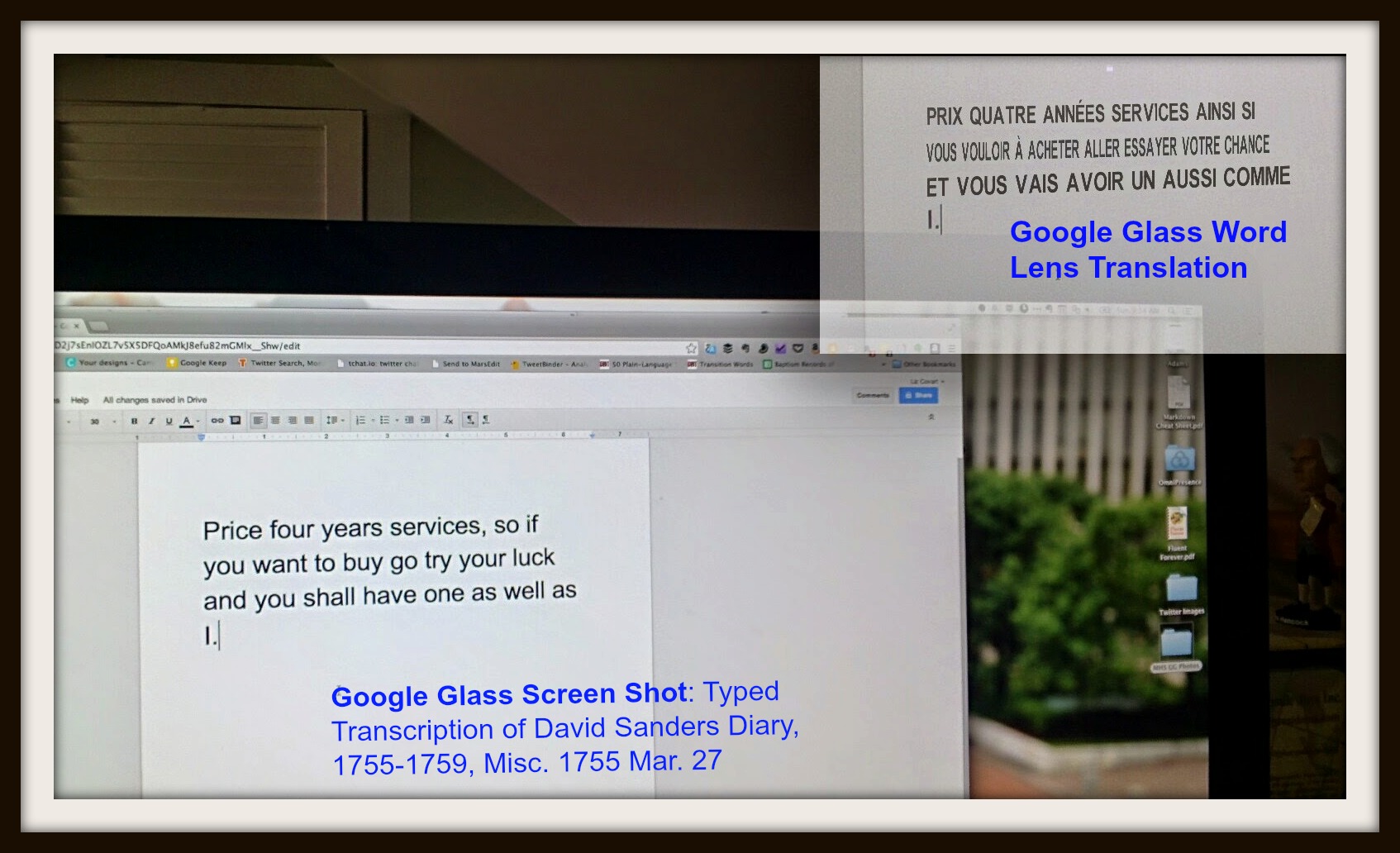 The Word Lens app allows Google Glass users to translate text instantly.
The Word Lens app allows Google Glass users to translate text instantly.
Will this quick and easy-to-use tool help historians with their archival research?
On May 6, 2014, I tested Google Glass and Word Lens in the archive of the Massachusetts Historical Society.
In this post you will learn about how Word Lens for Google Glass performs during archival research.
Word Lens
In early 2014, Quest Visual released "Word Lens," an instant translation app for Google Glass and smartphones.
Quest Visual designed Word Lens to translate printed words from one language to another. Thus far you can use Word Lens to translate Spanish, French, Italian, German, Portuguese, and Russian into English or English into Spanish, French, Italian, German, Portuguese, or Russian.
Although we still live in a world where Optical Character Recognition software cannot read handwriting well, I wondered how Word Lens would work on manuscripts.
Handwriting
As expected, Word Lens could not read either of the handwritten manuscripts I viewed.
I attempted to translate from English to French and from German to English. The app just stared at the text.
Printed Book
I also attempted to translate printed text from Matthias Sprengel’s Grundris der Stantenkunde der vornehmsten europäischen Reiche (View of the Civil Polity of the principal European States).
Printed in 1793, the printer used Fraktur text, a blackletter typeface derived from a calligraphic hand of the Latin alphabet. The type contains more angles than the rounded and smooth curves of modern typefaces.
Word Lens cannot read Fraktur.
Printed Text
Word Lens can read printed text in common typeface.
I used the first lines of David Sanders' diary to test Word Lens on common typeface.
Unfortunately, the text proved too small for Word Lens to read.
Unwilling to give up, I transcribed Sanders’ first lines into a Google Doc and adjusted the font size.
So how big does your text have to be for Word Lens to read it?
At least 18 points.
Accuracy
Word Lens translates well enough to give you a rough idea of what the text says.
It does not always translate every word nor does it translate the meaning of idioms, but neither does Google Translate. Not all phrases translate well from one language to another.
Conclusions
Word Lens works well on street signs and posters, but not on manuscripts.
Word Lens cannot read handwritten text, Fraktur, or printed type smaller than 18 points.
Word Lens makes a better travel translator than research assistant.
The capabilities of Word Lens and like software may improve as engineers and programmers develop better OCR software. However, historians who study periods before, or cultures without, a uniform spelling for their written language may have to wait longer because we will need software that can translate languages with multiple spellings for the same word.
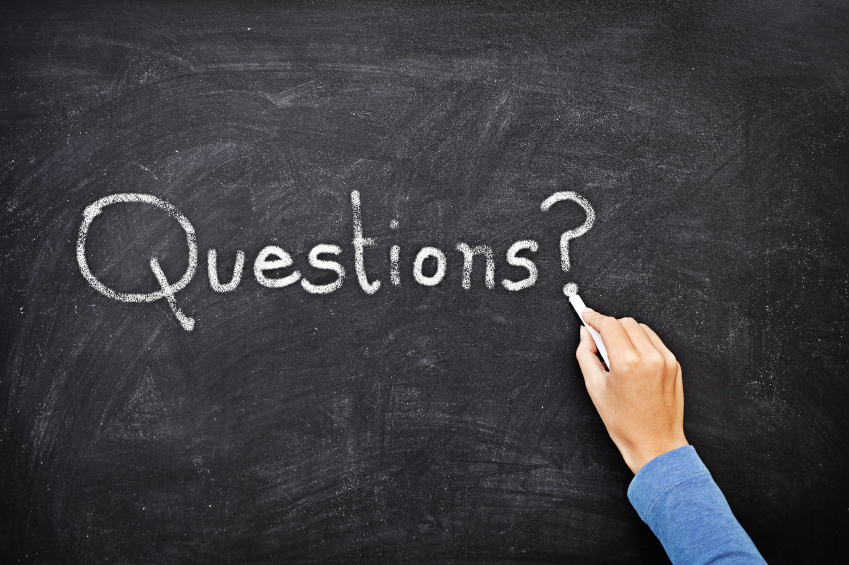 Questions?
Questions?
What would you like to know about how historians can use Google Glass for research or as a history presentation tool?
Acknowledgements
I am grateful to the librarians and staff at the Massachusetts Historical Society for allowing me to test Google Glass on with their books and manuscripts. They were helpful and gracious hosts who were as excited as I was to see what possibilities this 21st-century technology offers historians. They have also allowed me to include the images I took with Glass in this post.
I would also like to thank Rebecca Schuman for her assistance with both German translation and Fraktur.

